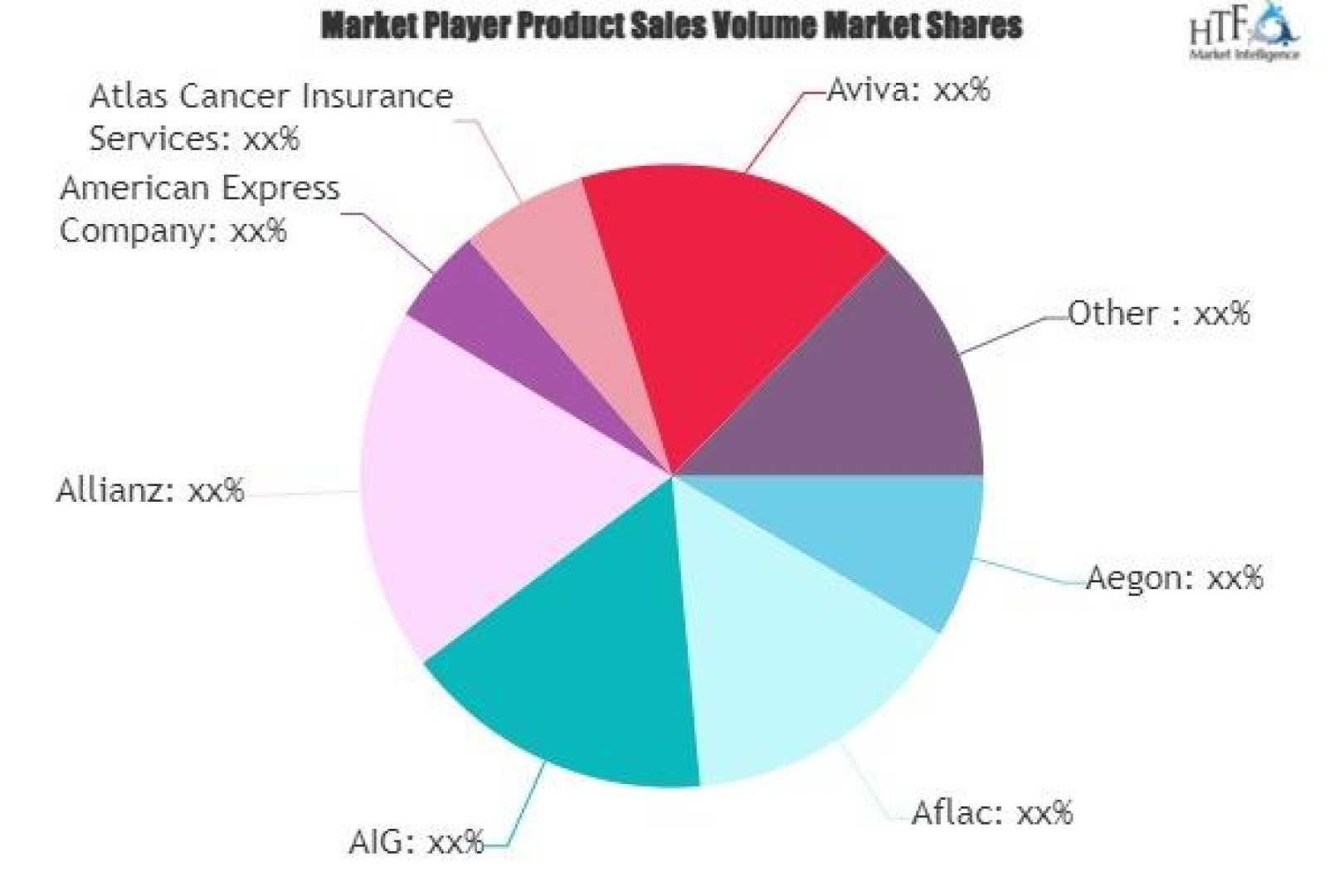Business
Global Cancer Insurance Market Projected to Reach $220 Billion by 2032

The global cancer insurance market is poised for significant growth, with market projections anticipating an increase from USD 120 billion in 2024 to USD 220 billion by 2032. This represents a Compound Annual Growth Rate (CAGR) of 6.8% over the forecast period, according to HTF Market Intelligence.
A comprehensive study introduced by HTF Market Intelligence covers a detailed overview of the cancer insurance market, including industry scope, product insights, and market status. The market has been segmented into key regions, thereby facilitating the acceleration of its market presence. Prominent companies featured in the study are MetLife, Allianz, Prudential, AIG, Zurich, Manulife, Aviva, AXA, Cigna, Generali, New York Life, Munich Re, Swiss Re, Sun Life Financial, and Aegon.
The cancer insurance market is categorized by types, such as Individual Plans, Group Plans, and Critical Illness Coverage. Application-wise, the market covers areas such as coverage for various types of cancer, supplementary benefits, wellness programs, diagnostic services, and financial assistance.
Geographically, the market analysis encompasses North America, Latin America, Western Europe, Central and Eastern Europe, Northern Europe, Southern Europe, East Asia, Southeast Asia, South Asia, Central Asia, Oceania, and the Middle East and Africa. North America emerges as the dominant region in the market, while the Asia-Pacific region is noted as the fastest-growing segment.
“The market is driven by increasing awareness and the need for assurance amidst rising cancer prevalence,” said a spokesperson for HTF Market Intelligence. “The comprehensive analysis provided will be invaluable to stakeholders and businesses within the cancer insurance sector.”
The market research further aims to identify key manufacturers, analyze market value, sales volume, competitive landscape, and development plans over the coming years. Additionally, the study delves into the driving factors for growth, potential opportunities, and the challenges specific to the industry.
The report also includes a five forces analysis focusing on the bargaining power of buyers and suppliers, threats from new entrants and substitutes, and competitive rivalry within the industry. The PESTLE analysis covers political, economic, social, technological, legal, and environmental factors affecting the market.












